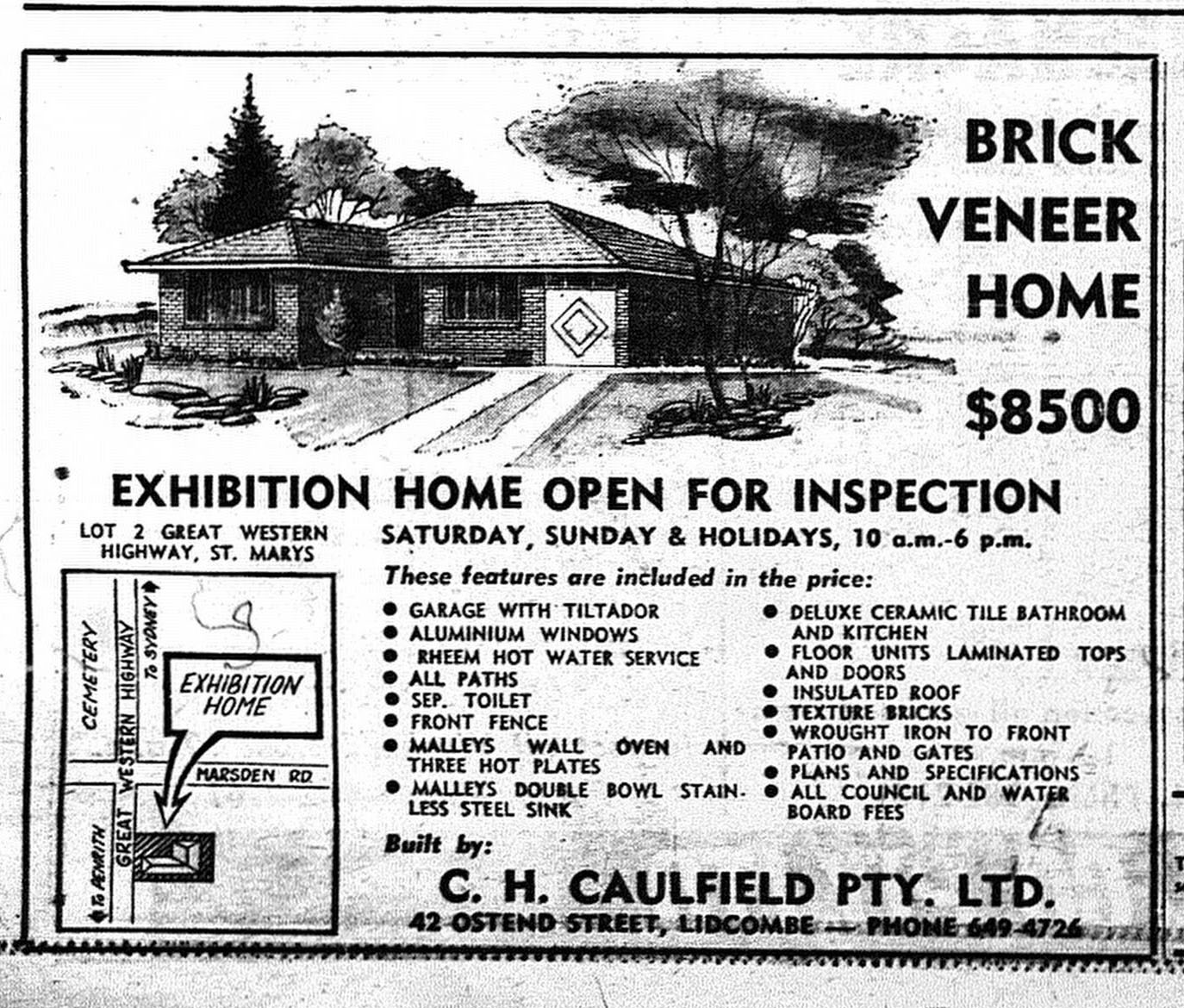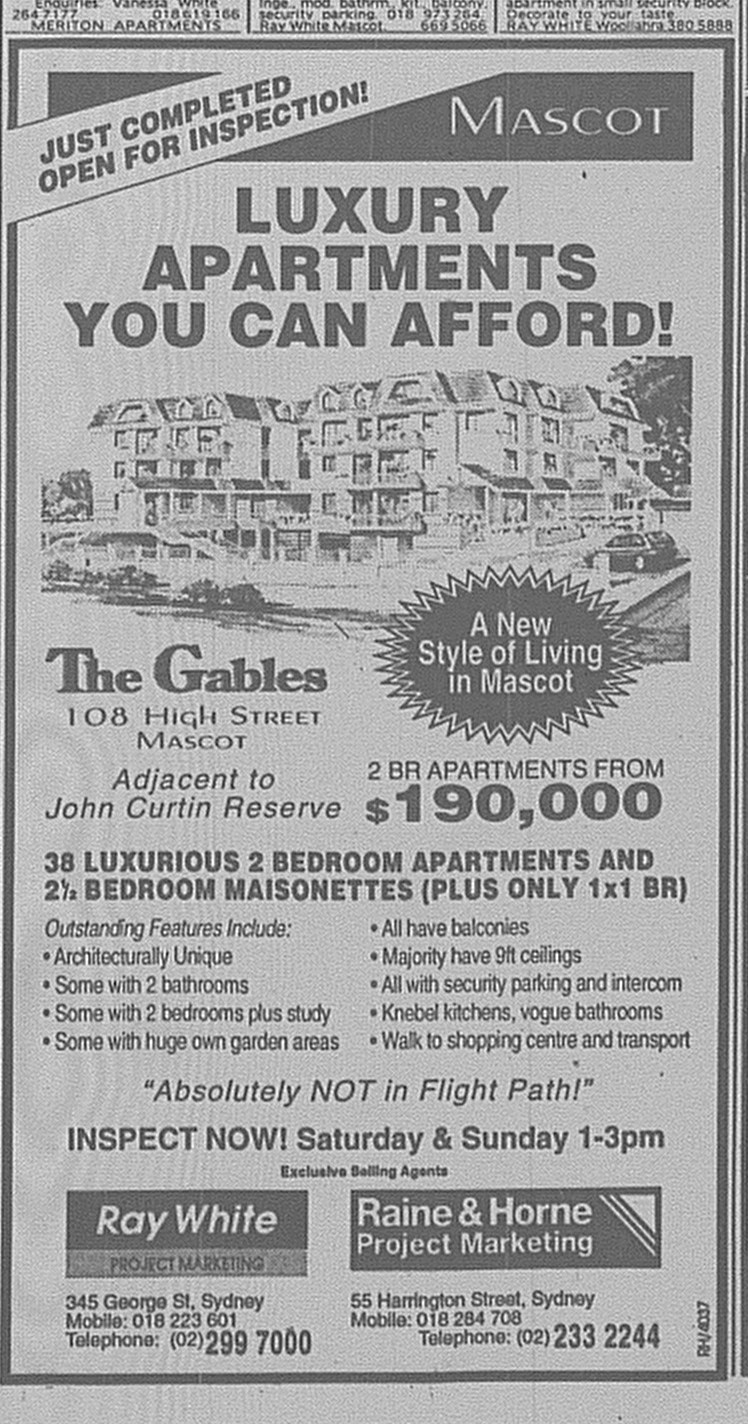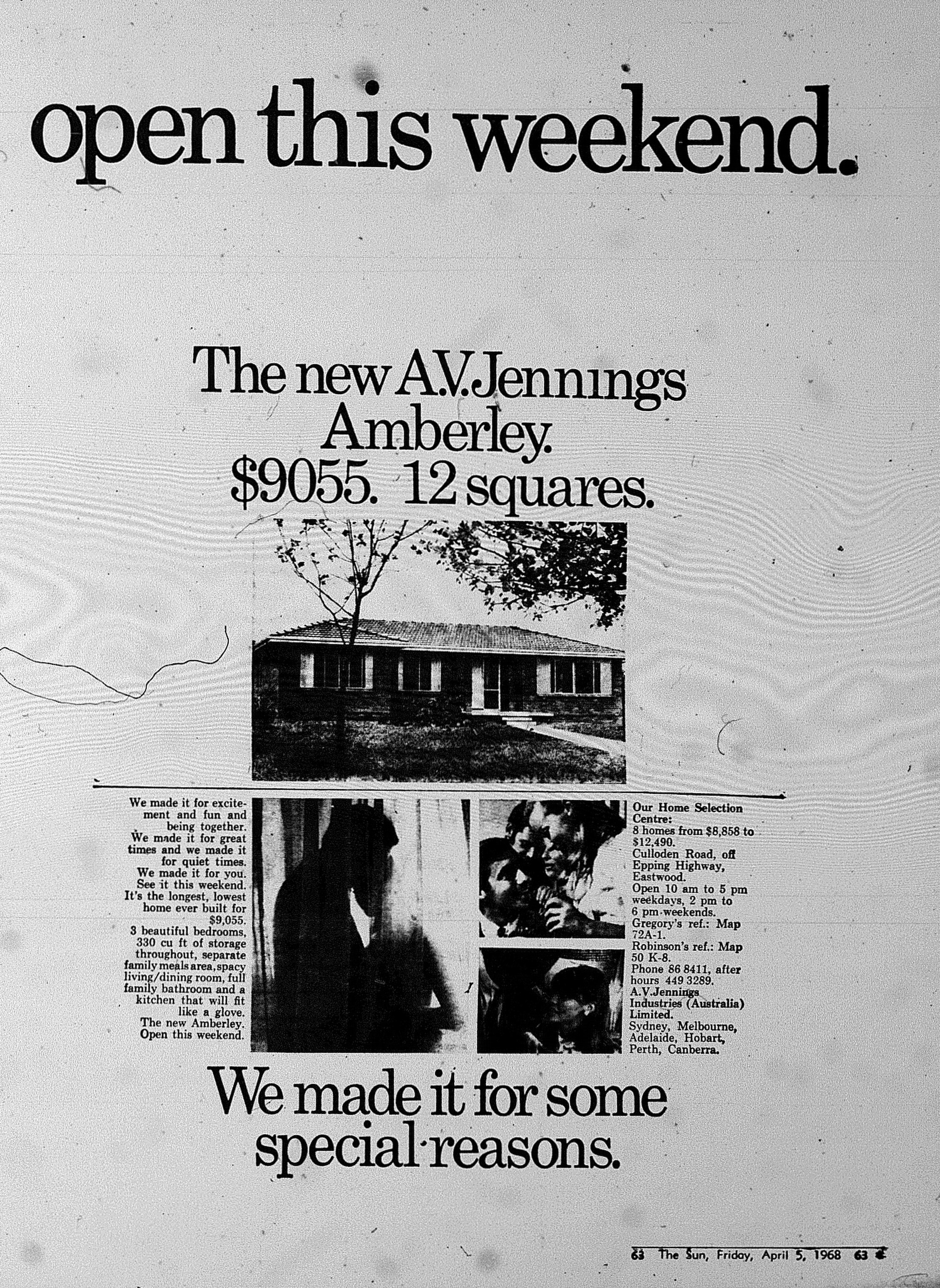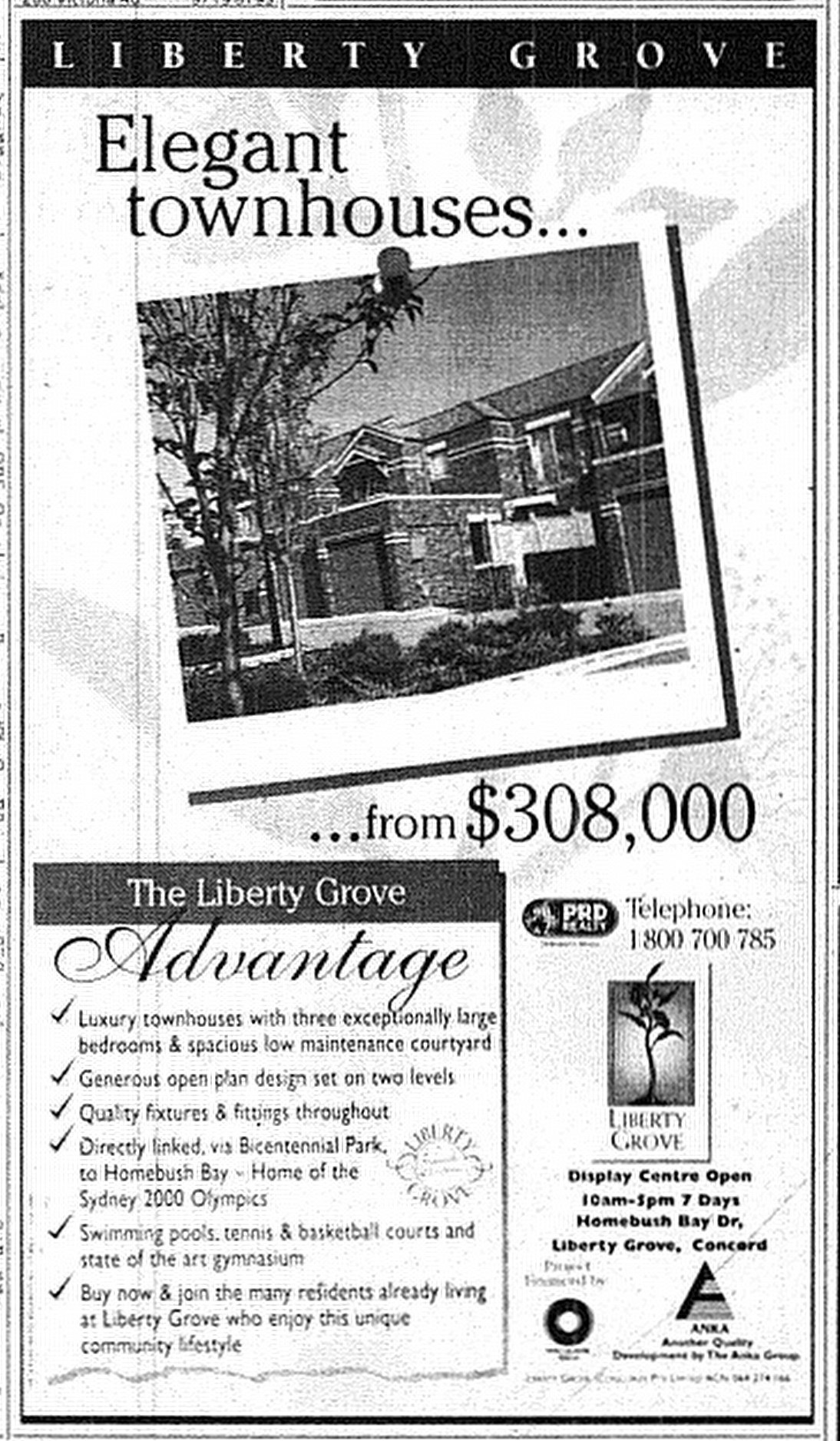Source: Buchan, N. 1999. "$500m silicon valley for west". The Daily Telegraph, November 13:17.
The Eastern Creek Business Park is managed by Frasers Property. Two decades ago, it was owned by Malaysian company Sungeiway.
In 1999, plans were unveiled to develop a business park on land located just to the south of Australia's Wonderland at Eastern Creek known as the Wonderland Business Park. The first stage was to cost $40 million and was to be anchored by Malaysia House. Malaysian companies including Malaysia Airlines and carmarker Proton were interested in participating in the project. An estimated 5000 jobs were to be created.
Five years later (2004), Australia's Wonderland closed after mounting financial losses. The land was purchased by ING Industrial Fund (IIF) who teamed up with developer The PacLib Group. This contributed to the evolution of the business park.
The proposed hotel, convention centre and world's largest indoor wave pool were not built.
Since conception, the business park has been built in five stages. Stage 6 offers 35 000 sq/m of land for development subject to council approval.
Companies based within the business park in 2020 include:
- LG
- Fujitsu
- Fisher & Paykel
- Bunnings (Distribution Centre)
- H&M (Warehouse)
- Best & Less (Distribution Centre)









